Loyalty Program: The Ultimate Small Business Strategy
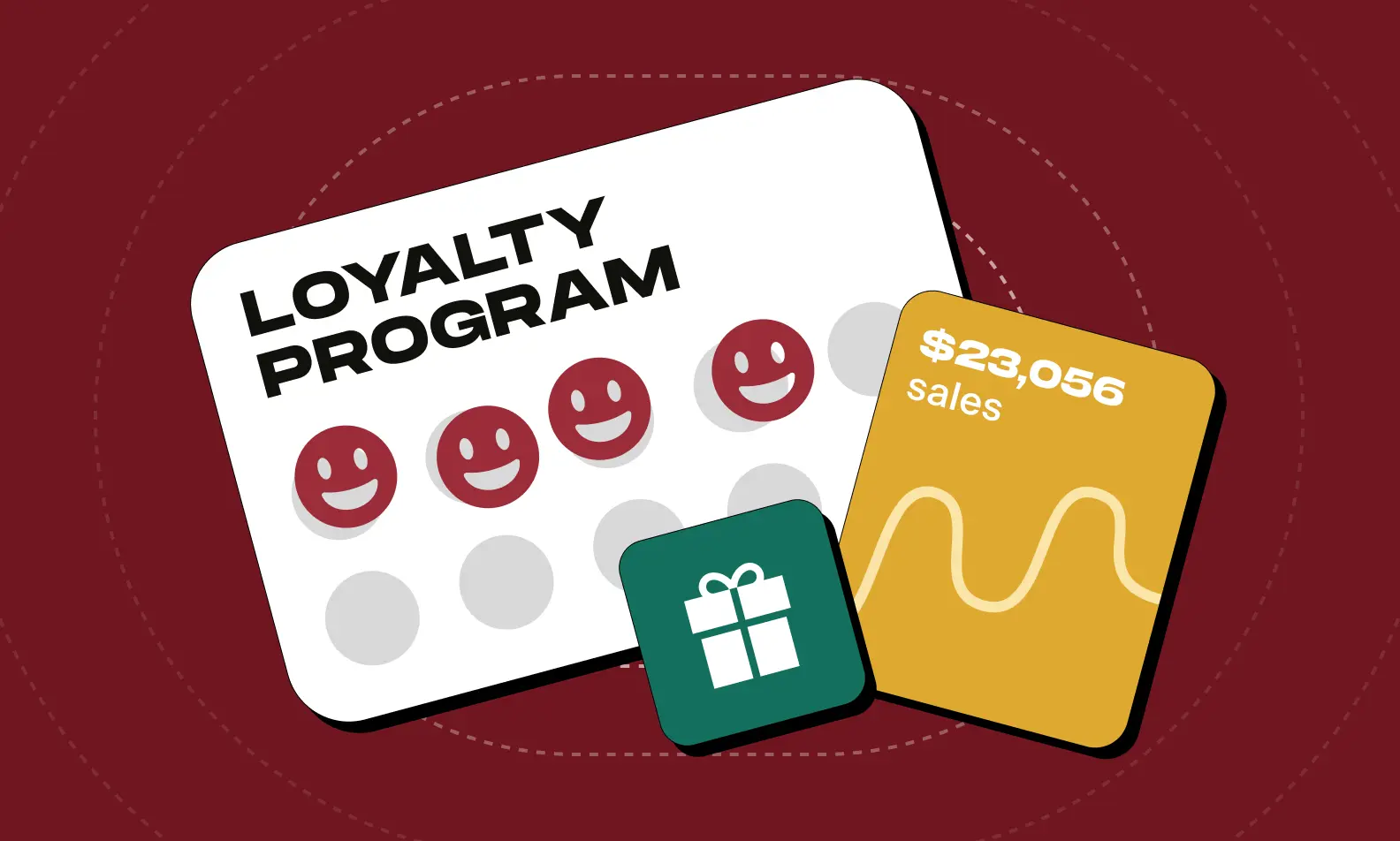
Looking for a way to show appreciation to your supporters or customers?
In today's competitive business landscape, customer loyalty is more valuable than ever. Businesses and creators are constantly coming up with creative ways to reward their customers for continued devotion to their brand.
Loyalty programs have become a strategic tool used to foster a brand’s long-term relationships with customers by rewarding repeat purchases and engagement.
In this article, we’ll explore the concept of loyalty programs and their importance in keeping your customers happy and engaged.
What is a Loyalty Program & How Do They Work?
Loyalty programs are structured marketing strategies designed to encourage customers to continue shopping at or using a business's services. They typically involve the accumulation of points, rewards, or discounts based on customer purchases or engagement.
At its core, a loyalty program is a rewards system implemented by creators and businesses to incentivize repeat purchases and foster customer loyalty. By offering rewards, discounts, or other incentives, businesses aim to encourage customers to choose their brands over competitors.
Customers typically earn points or rewards for every purchase they make or action they take, such as referring friends, writing reviews, or engaging with the brand on social media. These rewards can then be redeemed for discounts, free products, or other perks, providing customers with tangible benefits for their loyalty.
Loyalty programs are powerful tools for businesses to retain existing customers and attract new ones. By offering rewards and incentives, businesses can increase customer engagement, encourage repeat purchases, and ultimately build stronger, more loyal customer relationships.
Benefits of a Customer Loyalty Program
Customer loyalty programs offer a multitude of advantages for creators, ranging from increased customer retention to enhanced brand loyalty. Let's explore some of the key benefits that businesses can gain by implementing a loyalty program:
Increase Customer Retention
Loyalty rewards significantly boost customer retention by offering attractive incentives, such as discounts, exclusive offers, and reward points, which encourage customers to repeatedly engage with the brand.
By creating a sense of appreciation and recognition, these programs foster stronger emotional connections with customers, enhancing their overall satisfaction and loyalty. This strategic approach not only minimizes customer churn but also maximizes the lifetime value of each customer by increasing the frequency and volume of their purchases.
Additionally, loyal customers often become brand advocates, spreading positive word-of-mouth and attracting new customers, thereby further enhancing the business's growth and stability.
Boost Sales
When customers are rewarded for their loyalty, they are more likely to return to the business, thereby increasing their purchasing frequency.
This increased interaction not only enhances sales but also provides opportunities to cross-sell and upsell additional products or services. Moreover, loyalty programs can be tailored to promote high-margin items or seasonal products, strategically driving higher revenue.
By offering personalized rewards and exclusive deals, businesses can create a more compelling shopping experience that encourages higher spending and fosters a competitive edge in the market.
Enhance Brand Loyalty
Loyalty programs foster a sense of adherence and connection between customers and businesses, increasing brand affinity and reducing the likelihood of customers switching to competitors.
These programs reward consistent patronage with exclusive benefits, making customers feel valued and appreciated. This sense of recognition fosters emotional bonds and increases brand affinity, as customers are more likely to feel a strong attachment to a brand that acknowledges and rewards their loyalty.
The tailored incentives and personalized experiences provided by loyalty programs further solidify this connection, making it less likely for customers to be tempted by competitors. As a result, businesses can cultivate a loyal customer base that not only remains committed but also actively advocates for the brand, thereby reducing churn and enhancing long-term success.
Encourages Word-of-Mouth Marketing
Satisfied customers who benefit from loyalty programs are more likely to recommend the business to friends and family, leading to positive word-of-mouth marketing and organic growth.
When customers feel valued and rewarded for their loyalty, they develop a strong attachment to the brand and are more inclined to become brand advocates. These advocates naturally share their enthusiasm with friends, family, and colleagues, providing authentic and trustworthy recommendations.
This organic form of marketing is highly effective, as people tend to trust personal endorsements more than traditional advertising. Consequently, businesses benefit from increased visibility and credibility, leading to a broader customer base and organic growth.
Motivates Consumer Behavior
Loyalty programs are effective tools for motivating consumer behavior by strategically incentivizing actions that benefit the business, such as repeat purchases, referrals, and increased engagement with the brand.
By offering rewards, discounts, or exclusive access to loyal customers, businesses encourage these individuals to choose their products or services over competitors, thereby boosting sales and revenue.
For example, airline companies like Delta incentivize frequent flyer behavior through loyalty programs that reward miles for flights. These miles can be redeemed for free travel or upgrades, thereby encouraging repeat bookings.
Moreover, these programs stimulate positive consumer perceptions of the brand, as customers perceive the rewards as valuable and personalized, enhancing their overall satisfaction and loyalty.
Types of Loyalty Rewards Programs
Businesses have the flexibility to choose from a variety of loyalty program structures, each tailored to meet specific business objectives and customer preferences. Let's explore the different types of loyalty rewards programs that businesses can implement to engage and retain their customer base:
Points-Based
Points-based loyalty programs reward customers by allocating points for each purchase. These points can later be redeemed for various perks such as discounts, free products, or exclusive experiences. These programs effectively motivate repeat business by providing immediate, tangible benefits that accumulate with each transaction.
For example, the Starbucks Rewards program exemplifies this model by allowing customers to earn "Stars" for every dollar spent through their app. These Stars can be redeemed for free drinks, food items, or even merchandise, encouraging frequent visits and higher spending.
Additionally, Starbucks enhances its appeal by offering bonus Stars during promotional periods, personalized offers, and tiered membership levels that unlock additional benefits. This structured and engaging approach not only incentivizes repeat purchases but also enhances customer loyalty and satisfaction, making it a powerful tool for driving sustained business growth.
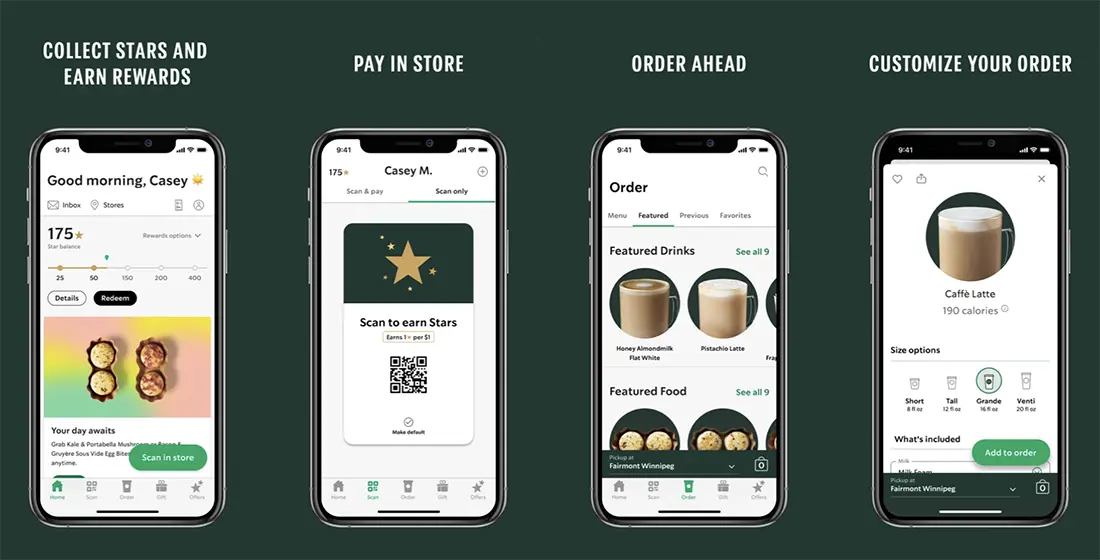
Tiered
Tiered loyalty programs offer escalating levels of rewards and benefits that correspond to a customer's spending or engagement levels, effectively motivating them to reach higher tiers through increased loyalty and expenditure.
This structure creates a sense of achievement and exclusivity, encouraging customers to strive for more valuable rewards as they progress. For instance, platforms like Fourthwall and Patreon utilize tiered membership models to provide their users with varying levels of perks.
On Fourthwall, content creators can offer their supporters different membership tiers, each with unique benefits such as early access to content, exclusive merchandise, or personalized interactions.
Similarly, Patreon allows creators to offer tiered subscriptions, where higher-paying patrons receive additional content, behind-the-scenes access, or special recognition.
These tiered programs not only enhance customer retention by continuously engaging and rewarding users but also drive increased revenue by incentivizing customers to move up the tiers, thereby fostering long-term loyalty and deeper engagement with the brand.
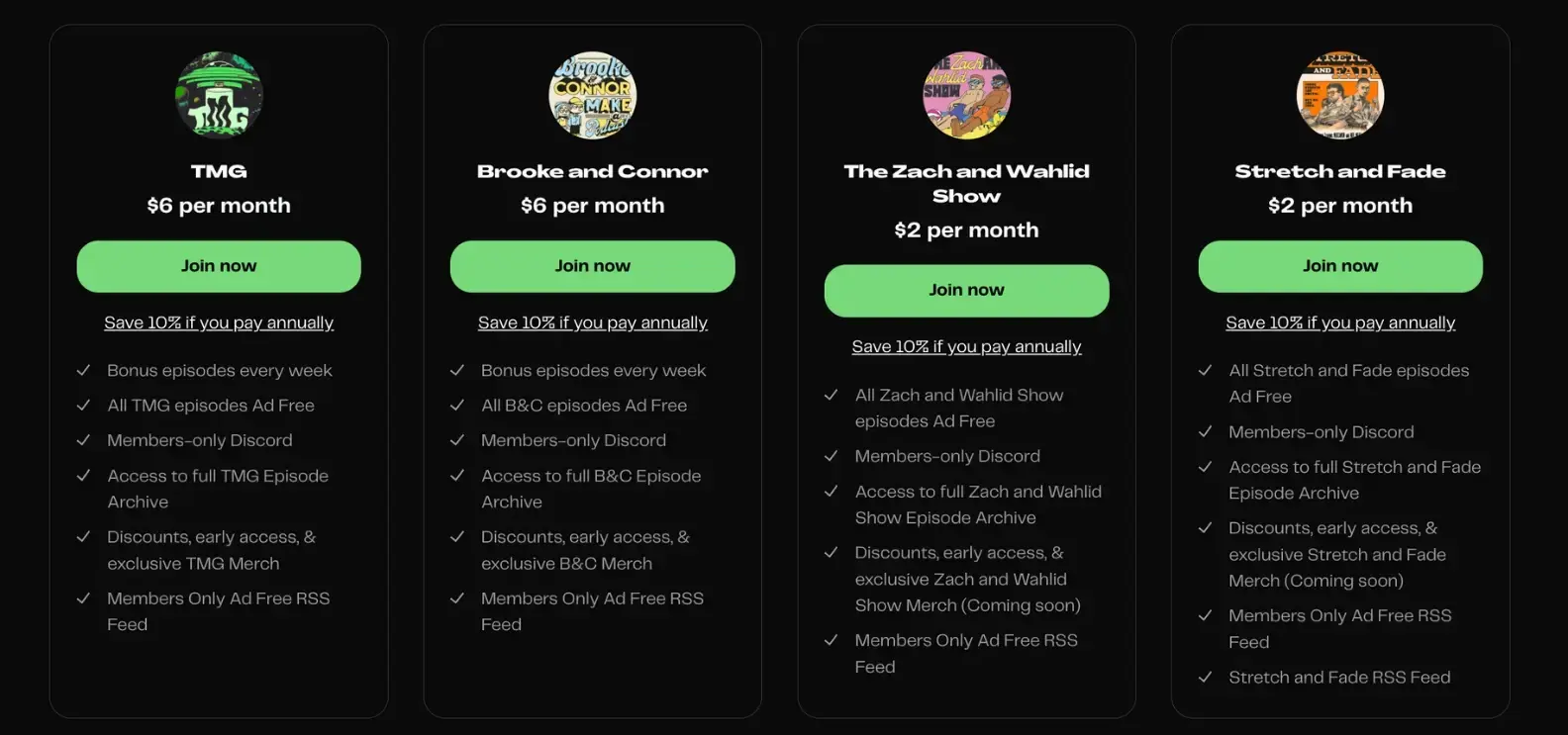
VIP Programs
VIP programs deliver exclusive benefits and privileges to top-spending or most loyal customers, making them feel exceptionally valued and appreciated. This, in turn, fosters deep loyalty and long-term engagement. These programs often offer premium perks such as early access to new products, personalized services, special discounts, or invitations to exclusive events.
For example, Sephora's Beauty Insider program includes a VIP tier called VIB Rouge, which provides members with free beauty services, private hotline access, and invitations to exclusive events and product launches.
Similarly, creators on platforms like YouTube or Twitch often implement VIP programs for their most dedicated fans, offering perks such as exclusive live streams, personalized shoutouts, and early access to content.
These VIP experiences enhance customer satisfaction and create a sense of exclusivity and privilege, motivating customers to maintain or elevate their status within the program. This strategic approach not only rewards loyalty but also drives increased spending and engagement as customers seek to attain and retain their VIP status.
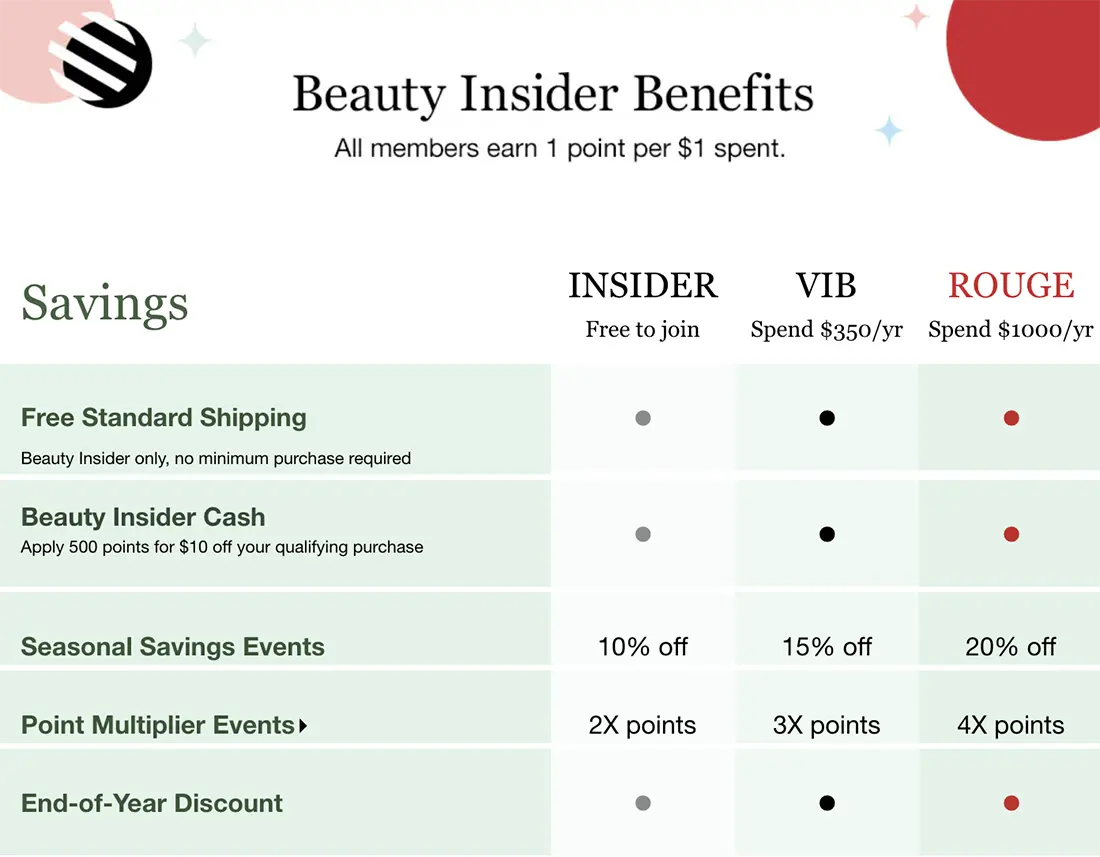
Challenge-Based
Challenge-based loyalty programs captivate customers by presenting specific challenges or goals to achieve, motivating them with rewards upon completion, and fostering ongoing engagement with the brand.
These programs are designed to create interactive experiences that go beyond simple transactions, encouraging participants to interact more deeply with the brand's offerings.
For instance, gaming platforms like Xbox Live or PlayStation Network implement challenge-based achievements, where players earn trophies or points by completing specific in-game tasks, unlocking exclusive content, or bragging rights within their gaming community.
This approach not only enhances customer satisfaction but also cultivates a sense of accomplishment and community among participants.
By integrating challenges into their loyalty strategies, businesses and creators can effectively stimulate customer participation, strengthen brand loyalty, and differentiate themselves in competitive markets.
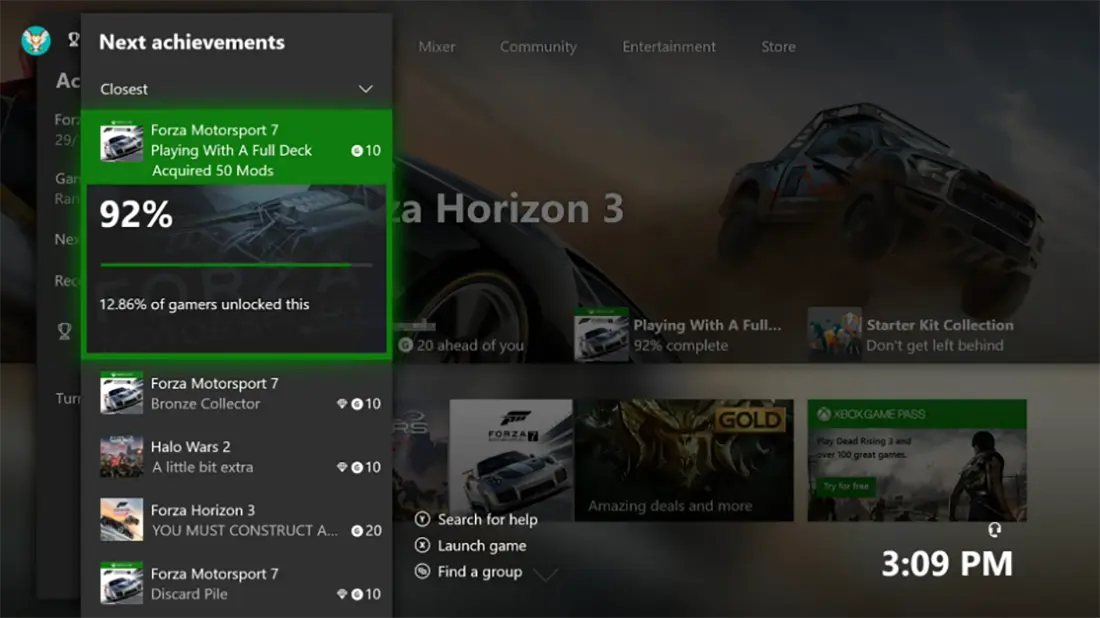
How to Create a Loyalty Program: 5 Tips
1. Define a Target Audience
Defining a target audience for a loyalty program involves identifying specific demographics, behaviors, and preferences of the customers most likely to engage deeply with the brand.
By understanding their unique needs and motivations, you can tailor your loyalty programs to maximize relevance and appeal.
For instance, a luxury fashion brand may target affluent, fashion-conscious consumers who value exclusive access to new collections and personalized shopping experiences.
Segmenting your audience based on factors like age, income level, shopping habits, and geographic location, businesses can create targeted rewards and incentives that resonate with customers on a personal level.
This approach not only increases your program's effectiveness in driving desired behaviors, such as increased spending and brand advocacy but also strengthens the overall connection between your brand and its loyal customer base.
2. Choose Your Type of Program
Choosing the type of loyalty program that best suits your business model, customer base, and objectives involves evaluating various program types strategically to ensure they align with your marketing and branding goals.
For example, a points-based program is ideal for businesses looking to encourage frequent purchases. It rewards customers with points that can be redeemed for products or discounts, fostering ongoing engagement.
A tiered membership program works well for companies aiming to incentivize higher spending and loyalty. It offers escalating rewards and exclusive benefits to customers who reach higher tiers.
Subscription-based programs are effective for businesses providing continuous value, such as content creators or service providers. They offer exclusive access for a recurring fee, thus ensuring sustained engagement and revenue.
Challenge-based programs can drive specific customer behaviors and create a sense of accomplishment, suitable for fitness brands or gaming companies. VIP programs offer top-spending customers unique privileges, enhancing their sense of exclusivity and deepening brand loyalty.
By carefully selecting and designing a program that resonates with your target audience's preferences and aligns with your brand's identity, you can create a loyalty strategy that not only drives customer retention and satisfaction but also supports your broader business objectives.
3. Offer a Variety of Rewards
Offering a variety of rewards in your loyalty program is essential to cater to the diverse preferences and motivations of your customer base, thereby enhancing the program's appeal and effectiveness.
By understanding your customers' needs and providing a broad spectrum of incentives—such as discounts, free products, exclusive access to events, personalized services, and experiential rewards—you can more effectively engage different segments of your audience. For instance, some customers may be motivated by immediate monetary savings, while others might value unique experiences or exclusive content.
Additionally, a diverse rewards portfolio can help you target different customer behaviors and drive specific outcomes, such as higher spending, frequent visits, or social media engagement.
This strategic variety ensures that your loyalty program remains dynamic and relevant, appealing to a wide range of customers and ultimately supporting your business's long-term growth and success.
4. Market Your Program
Promoting your loyalty program effectively requires a multi-channel approach to raising awareness and encouraging customer participation. Use email marketing to communicate directly with your customers, highlighting the program's benefits and unique features and providing easy sign-up options.
Leverage social media platforms to reach a broader audience, sharing engaging content such as customer testimonials, reward highlights, and promotional campaigns that showcase the program's value. In-store signage and point-of-sale displays are also crucial, capturing the attention of customers during their shopping experience and prompting immediate enrollment.
Additionally, consider collaborating with influencers or brand ambassadors to amplify your message and create buzz around the program. Offering introductory incentives or bonuses for early sign-ups can further entice customers to join.
By consistently promoting your customer loyalty program across various touchpoints, you can ensure maximum visibility and engagement, ultimately driving higher participation rates and fostering stronger customer loyalty.
5. Explore Partnerships
Exploring partnerships with other businesses or brands can significantly enhance your loyalty program's appeal and reach by offering joint rewards or incentives that provide additional value to customers.
For instance, a fitness brand like Peloton might partner with a popular sports apparel company like Nike to offer exclusive discounts or limited-edition merchandise to members who achieve certain milestones.
Similarly, content creators on platforms like YouTube or Twitch can collaborate with gaming companies to provide in-game rewards or exclusive content for their loyal followers.
By combining resources and tapping into each other's customer bases, these collaborations not only increase the attractiveness of the loyalty program but also help to reach new audiences and foster cross-brand loyalty. This strategic approach can lead to a win-win situation where both businesses benefit from increased customer engagement and satisfaction.
Get Started with Fourthwall Today!
Loyalty programs play a crucial role in helping businesses build long-term customer relationships and drive sustainable growth. Businesses can increase customer retention, boost sales, and enhance brand loyalty by rewarding customers for their loyalty and engagement. If you're considering implementing a loyalty program for your business, Fourthwall offers a comprehensive solution to help you get started.
Fourthwall is a leading provider of loyalty program solutions, offering businesses a robust platform to create and manage effective loyalty programs. With Fourthwall, businesses can easily design and implement loyalty programs tailored to their unique needs and objectives. Whether you're a small startup or a large enterprise, Fourthwall provides the tools and resources you need to launch a successful loyalty program that drives results.
















